Navigating an Inaccessible World
Ensuring Access to Physical Spaces Is a Matter of Doing Things Differently
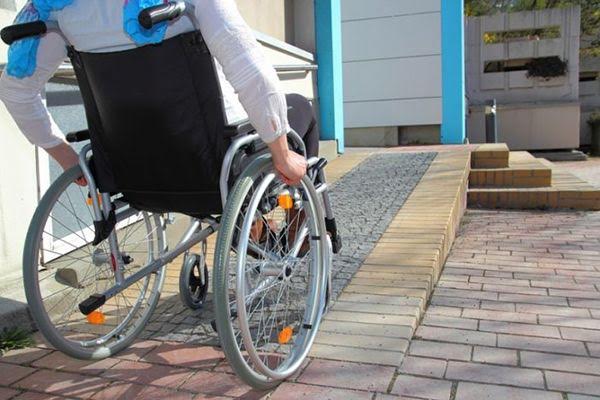
While I have had juvenile rheumatoid arthritis since I was 6 years old, I was a mostly able child. I worked hard to make sure that my illness was as invisible as possible, as I didn’t want to be seen as different from the other kids. As I got older, my body changed and my arthritis was more evident in the way that I walk and in the degeneration of my hands.
As a result of my disability becoming visible, I began to get stares and comments daily as I navigated the world. It’s one thing to face physical barriers, and to have to struggle to move about the world and to be able to go, and be comfortable in, the spaces that I want to inhabit. It’s a completely different challenge to know how to respond to the uncomfortable glances and comments. Let’s start with the first challenge of navigating the physical world.
Until you can’t climb stairs and sit comfortably in folding chairs or on picnic benches, you won’t be able to understand how many barriers people with disabilities face. This was even the case for me. I wasn’t prepared for how limiting I would find the world as my disability impacted my mobility.
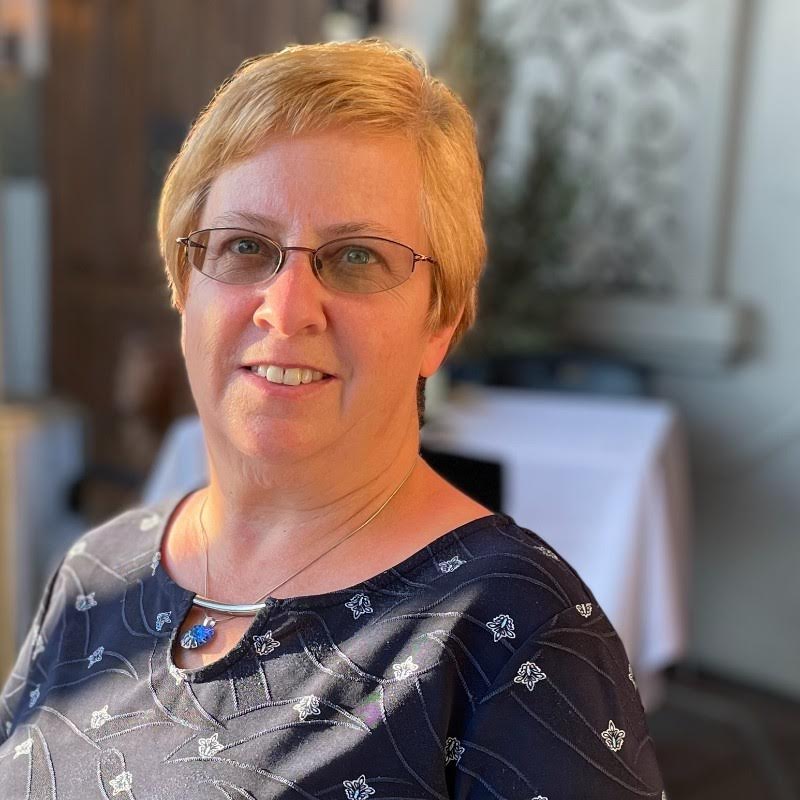
Before I even leave the house, I have to think about how I’ll navigate the place that I’m going. Where will I be able to park? What will the walk be like between the parking area and the building that I’m going to? Will there be stairs? Will the accessible entrance be in the back by the garbage bin? What sort of seating will be available in the meeting room, event space, or restaurant? It’s possible that even after I overcome the obstacles necessary to arrive at my destination, I’ll be unable to participate fully and comfortably.
It’s a lot to think about before I’ve even left home. I think about the fact that I have greater mobility than many other people with disabilities, and I know that the barriers that others encounter are even more challenging.
It’s strange to feel like as my disability has become more visible, I’ve felt increasingly invisible. It’s not that people don’t see me — they do. They just see a person who is struggling, a person that they believe needs help. And thus begin the comments.
Daily I have people offer me help. While that might feel like the right thing to do, imagine having five people do so in a span of 10 minutes. It becomes hard to say, “no, I’m fine” over and over again without feeling minimized or becoming angry and frustrated. I wish that people would just say, “Hello. How are you doing today?” Just as they do with everybody else that they encounter.
The offers of help have become arrows that sting, creating distance, rather than ways to feel supported and connected to others. Even when I say that I don’t need help, people will sometimes insist, forcing me to accept help and grabbing me, the package that I’m carrying, or the door handle that I’m holding. I know that many of my friends who are wheelchair users say that strangers feel that it is their place to grab their chairs and move them without asking.
So what can be done? The first actions that should be taken include evaluating access of physical spaces. This is a social justice issue and must be done by and with people with disabilities. Indeed, the more diverse the group of people with disabilities, the more likely that solutions to access problems will meet the needs of all.
I say that this is a social justice issue because all people, most especially those with physical challenges, should be able to access the world and communities within which we live. It is unjust to design a world that excludes a group (or groups) of people.
Inclusion of people with disabilities is not about doing more, it’s just about doing things differently. The more that able-bodied people develop relationships and partnerships with people with disabilities, the more that they will understand, and indeed be able to see, the challenges that people with disabilities have in navigating the world.
My rule of thumb in asking a person with a disability if they need help is to initially wait to see if they ask for it. I’m a person who wants to be independent, so I’d rather struggle, (or do things in a way that may look like I’m struggling), than rely on others. I’ll ask for help if I need it. That said, some people may appreciate offers of help. If someone were approaching me, I’d like them to not make a big deal about my struggle. Perhaps say something like, “Are you good?” Notice the person before and in addition to the disability.
Navigating an inaccessible world is really about wanting to feel seen, wanting to feel that we belong. The more that people with disabilities can move freely and comfortably in all spaces, the more that able-bodied people will come to know and value us.
Jennifer Chassman Browne has been an educator for more than 25 years. Her company New Ground Educational Consulting develops understanding around ability, and her nonprofit project More Than a T-Shirt Company develops positive messages on the experience of living with physical handicaps.

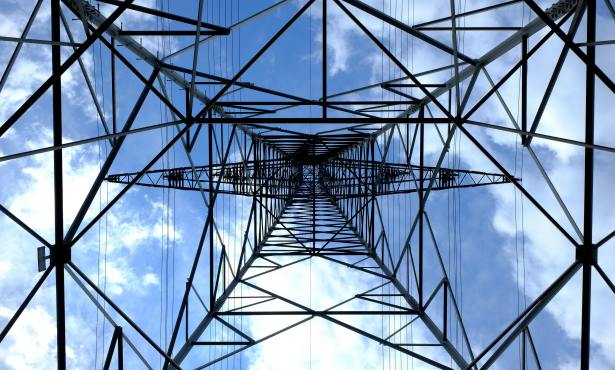
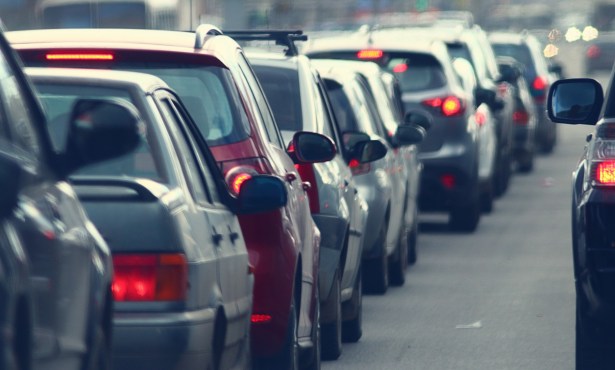
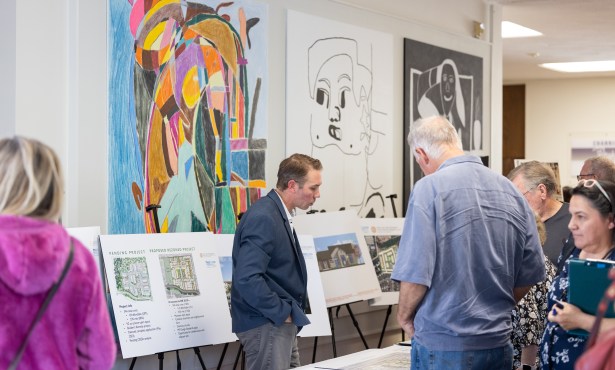
You must be logged in to post a comment.